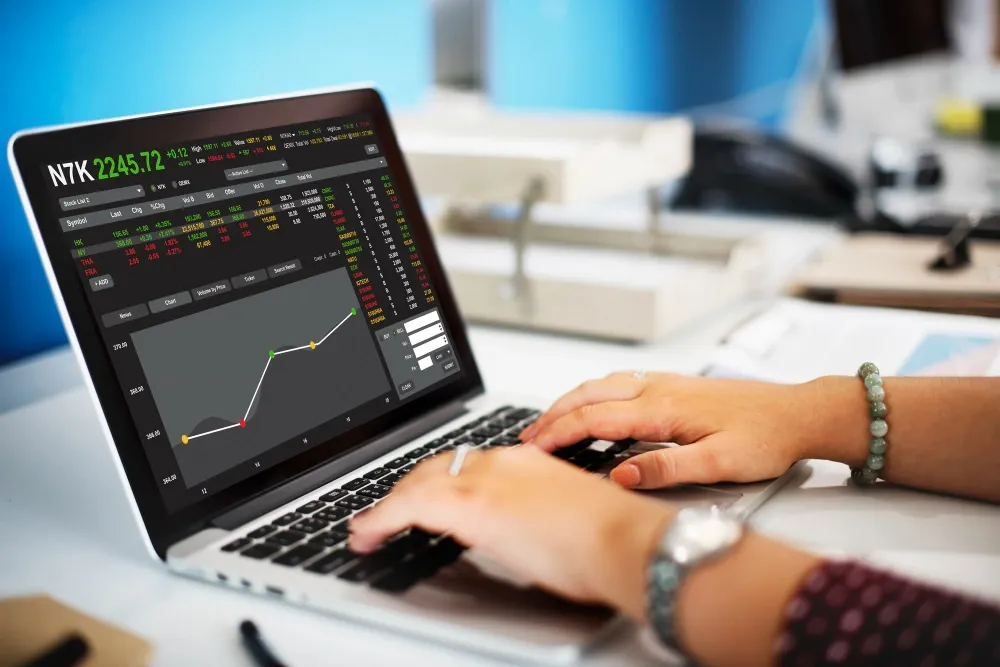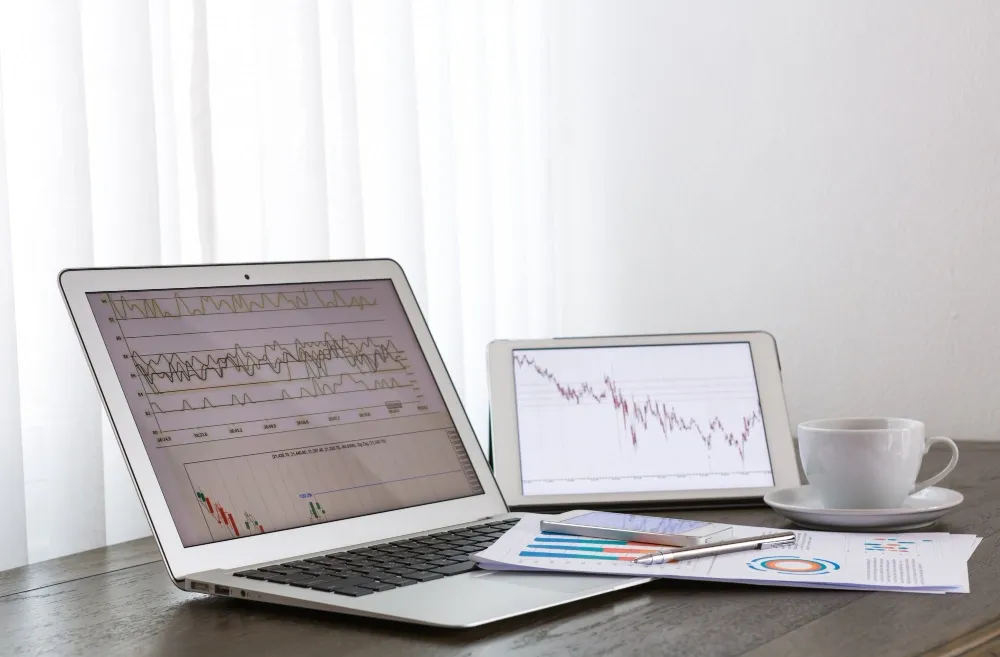When it comes to trading, most beginners focus on entry signals, indicators, or timing. But professional traders know one thing above all: risk management is the real key to survival.
You can have the best strategy in the world, but without a solid plan to manage losses, one bad trade can wipe out months of progress.
This article explains what risk management is, why it matters, and how traders can apply it to protect capital and grow steadily in the long run.
What Is Risk Management in Trading?
Risk management is the process of identifying, assessing, and controlling potential losses in trading. Its main goal is to protect your capital so you can stay in the game long enough to let your edge work.
Every trader faces uncertainty — no setup is guaranteed to win. Risk management ensures that even if you lose multiple trades, you still have enough capital to continue trading.
In simple terms: successful traders don’t avoid losses — they limit them.
Why Risk Management Matters
Many beginners fail not because their strategy is wrong, but because they ignore risk. Here’s why managing risk is crucial:
- Preserves Capital: Without money, you can’t trade. Protecting your capital means protecting your future opportunities.
- Reduces Emotional Stress: Knowing your risk upfront makes it easier to stay calm during volatility.
- Ensures Consistency: Consistent risk per trade keeps drawdowns manageable and returns more stable.
- Improves Decision-Making: When risk is controlled, emotions like fear and greed have less influence on your decisions.
In professional trading, risk management isn’t optional — it’s part of the strategy itself.
Key Elements of Risk Management
1. Position Sizing
Position sizing determines how much of your capital you allocate to a single trade.
Most traders risk no more than 1–2% of total capital per trade.
For example, if you have $10,000, you should risk at most $200 per position.
That way, even after several losing trades, your account remains intact. Position sizing prevents catastrophic losses and ensures you can keep trading through losing streaks.
2. Stop-Loss Orders
A stop-loss automatically closes a trade once it hits a predetermined loss level.
This is your safety net — it limits damage when the market moves against you.
Example: You buy a stock at $100 and set a stop-loss at $95. The most you’ll lose is $5 per share, no matter how far the price drops afterward.
Smart traders always define their stop-loss before entering a position, not after.
3. Risk-to-Reward Ratio
Before placing a trade, compare the potential gain with the potential loss.
Most professionals aim for a minimum ratio of 2:1 — risking $1 to potentially make $2.
If your strategy maintains a positive reward-to-risk ratio, even with a 50% win rate, you’ll still be profitable over time.
4. Diversification
Don’t put all your money into one asset or sector. Spread your capital across different instruments (stocks, ETFs, commodities, or currencies) to reduce exposure to single-market risks.
Even within one market, diversify across industries. If tech stocks drop sharply, your energy or consumer holdings can balance the portfolio.
5. Avoid Overleveraging
Leverage allows you to trade larger positions with smaller capital, but it amplifies both gains and losses.
Many traders fail because they use too much leverage without a plan. Use it wisely and always pair it with tight stop-losses.
6. Understand Market Volatility
Volatility measures how much prices fluctuate. Higher volatility means bigger potential gains — and larger risks.
Adjust your position size based on volatility. For example, trade smaller during earnings announcements or major economic events to avoid unpredictable swings.
How to Build a Risk Management Plan
Follow these practical steps to design a personal risk management system:
- Define Your Maximum Risk Per Trade: Stick to 1–2% of total capital.
- Set Daily or Weekly Loss Limits: Once you hit the limit, stop trading to avoid emotional decisions.
- Use Stop-Losses Consistently: Never enter a trade without one.
- Plan Risk Before Reward: Only take trades with a strong risk-to-reward setup.
- Review and Adjust: Regularly analyze your trades and refine your risk strategy over time.
A structured plan turns trading from speculation into a disciplined business.
The Psychology of Risk
Risk management isn’t only about numbers — it’s also about emotional control.
Many traders know how to use stop-losses but fail to follow them. Fear, greed, and ego often override logic.
Building discipline takes time. The best traders trust their plan even when it feels uncomfortable. In trading, emotional resilience is just as important as technical skill.
As the saying goes: amateurs focus on returns, professionals focus on risk.
Conclusion
Risk management is the foundation of successful trading. It protects your capital, stabilizes performance, and allows your strategy to perform consistently over time.
You can’t control the market — but you can control how much you’re willing to lose.
Start small, manage risk wisely, and build consistency — that’s how professionals trade for the long run.
FAQ
1. What is risk management in trading?
It’s the process of controlling potential losses using tools like stop-losses, position sizing, and diversification.
2. How much should I risk per trade?
Most experts recommend limiting risk to 1–2% of your total capital per trade.
3. What’s the ideal risk-to-reward ratio?
A 2:1 or higher ratio helps ensure long-term profitability, even with a moderate win rate.
Disclaimer
Gotrade is the trading name of Gotrade Securities Inc., which is registered with and supervised by the Labuan Financial Services Authority (LFSA). This content is for educational purposes only and does not constitute financial advice. Always do your own research (DYOR) before investing.




